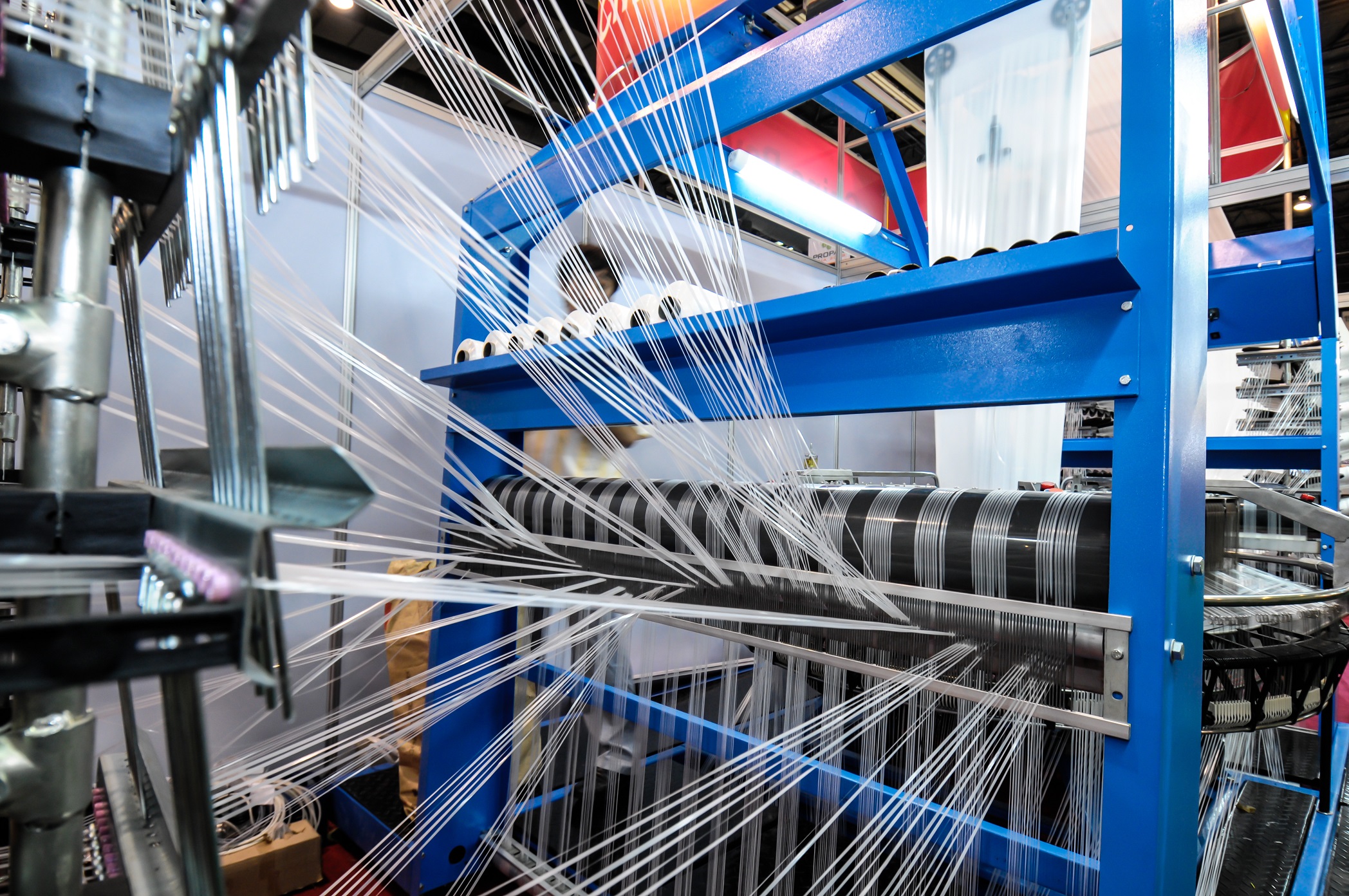Top 10 Textile Machinery Factories in China

Industry Background and Technology Development
China's textile machinery manufacturing starts in the 1950s. It now has the world's most complete industrial system. The industry moves from technology introduction to independent innovation. Digital and smart technologies are the latest trends. Key innovations include high-speed spinning technology that reaches over 20,000 rpm. Smart looms now operate at over 95% efficiency. Green manufacturing technologies are also im
portant. These include dyeing equipment that uses 50% less water. Energy-saving systems reduce power use by 30%. The industry uses ISO, GB, and FZ standards in global markets. Universities like Do
nghua and Tianjin Polytechnic work with factories on research.
Selection Criteria and Methodology
We use a scientific e
valuation system for factories. Annual production value must exceed 1 billion RMB. Research and development investment is at least 5% of revenue. We assess innovation through patent numbers and new product rates. National-level technology center certification is a key factor. Market share is another im
portant metric. Top factories hold over 15% of the domestic market. Exports should account for more than 30% of sales. Quality systems include ISO9001 and CE certifications. Product reliability requires MTBF over 10,000 hours. Global service network coverage and respo
nse time are e
valuated. Influence in setting natio
nal standards and performance at internatio
nal exhibitions also matter. A weighted scoring method determines the final ranking.
Top Spinning Machinery Manufacturers
Jingwei Textile Machinery leads with its JWF series ring spinning f
rames. They hold 25% of the global market share. Their digital spinning systems use o
nly 15 workers per 10,000 spindles.
Tianmen Textile Machinery specializes in TM series drawing f
rames. They achieve 40% domestic market share. Their auto-leveling system controls CV value within 1.5%.
Zhejiang Taitan produces the TT-858 rotor spinning machine. It reaches speeds of 150,000 rpm. Their intelligent doffing system improves efficiency by 30%. These products export to over 30 countries including India, Pakistan, and Vietnam.
Leading Weaving Equipment Manufacturers
Picanol (China) manufactures the OMNIplus-i air jet loom. It operates at 1,500 rpm. Their iCo
ntrol intelligent system reduces energy use by 20%. Picanol holds 60% of the high-end loom market.
Groz-Beckert (China) produces knitting needles with a lifespan of 100 million cycles. Their ECO energy-saving needles reduce friction by 15%. The company controls 40% of the global knitting needle market.
Changzhou Reed makes reeds for air jet looms with 0.01mm precision. Their nano-coating technology increases product life by 50%.
Specialist Dyeing and Printing Machinery Manufacturers
Fong's National offers the TEC series high-temperature dyeing machine. It reduces liquor ratio to 1:4. Their AI dye dispensing system saves 15% on dye usage.
Monforts produces the Mo
ntex 6500 stretching machine. It cuts energy co
nsumption by 35%. Their heat recovery system operates at 85% efficiency.
Shaoyang Textile Machinery makes rotary printing machines with 0.1mm accuracy. Their CNC printing system improves pattern alignment accuracy by 50%. Enviro
nmental technologies include water recycling systems with 80% reuse rate. Exhaust gas treatment devices remove over 95% of VOCs. These products export to Southeast Asia, South Asia, and Africa.
Nonwoven Equipment Experts
Zhengzhou Textile Machinery operates spunlace production lines at 400 m/min. Their double carding technology controls CV value within 3%.
Shaoyang Textile Machinery runs meltblown production lines producing 0.1 denier fibers. Their nanofiber production technology creates fibers with 100nm diameter.
Foshan Bidefu manufactures SSMMS production lines with 3.6m width. Their multi-die technology increases production efficiency by 40%. These machines produce advanced materials for medical use, filtration, and geotextiles. Domestic equipment now matches internatio
nal advanced levels in SSS production line technology.
Smart Technology and Digital Transformation
Smart technology adoption is growing fast. Jingwei's digital spinning factories achieve 100% equipment connectivity. This improves production efficiency by 25%. Industrial internet platforms enable remote maintenance. They offer 90% accuracy in fault prediction. Smart equipment includes automatic winders with 98% successful splicing rates. Smart looms with automatic weft finding systems improve efficiency by 30%. Digital twin technology reduces equipment debugging time by 50%. Standardization progresses with OPC UA unified architecture in textile machinery. Smart upgrades lower overall operating costs by 20%.
Global Markets and Future Prospects
Export markets show specific patterns. Southeast Asia accounts for 45% of exports, mainly Vietnam and Indonesia. South Asia represents 30%, with India and Pakistan as key markets. Africa takes 15% of exports. Technology export modes include complete line exports at 60%. Technology licensing represents 20% of exports. Joint ventures and cooperation account for the remaining 20%. Future technology trends focus on green manufacturing, aiming for another 30% energy reduction. Flexible production targets 50% shorter batch changeover times. Smart technology moves toward unmanned factories. The global textile machinery market will reach $50 billion by 2025. China's share is expected to grow to 40%.

